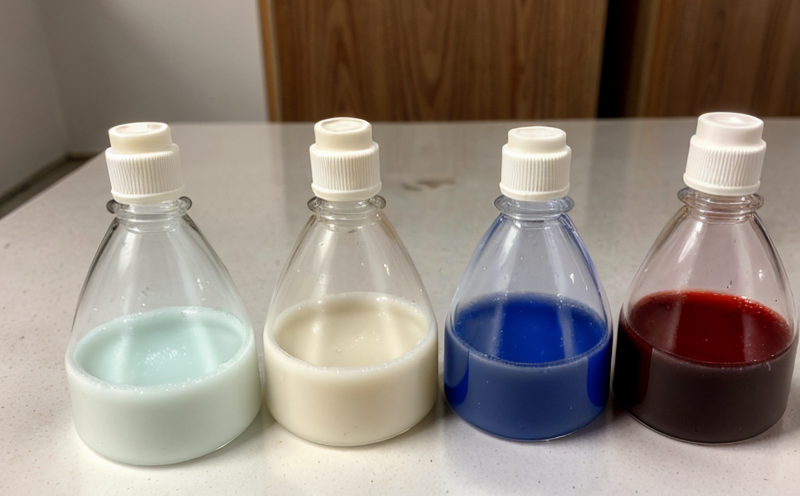EN 14372 Phthalate Monomer Testing in Childcare Products
The European Standard EN 14372 sets out methods for the determination of phthalate monomers, specifically di-n-butyl phthalate (DBP), dibutyl phthalate (DBP), benzyl butyl phthalate (BBP), and dimethyl phthalate (DMP) in childcare products. This standard is crucial to ensure that children are not exposed to harmful chemicals that can leach from materials used in these products.
The testing process involves several steps, including sample preparation, extraction of the monomers using a solvent, and subsequent analysis through quantitative gas chromatography (GC). The GC method allows for precise quantification of the phthalate monomer content based on peak areas. Compliance with this standard is mandatory in Europe to ensure that products meet safety regulations.
Our laboratory uses state-of-the-art equipment such as Agilent 7890A gas chromatograph, equipped with a mass selective detector (GC-MSD), which provides high sensitivity and selectivity for the detection of trace levels of phthalate monomers. Our team of experts ensures that all tests are conducted following the specified procedure in EN 14372 to guarantee accurate results.
The importance of this standard cannot be overstated, especially given the potential health risks associated with exposure to phthalates. These chemicals have been linked to reproductive and developmental disorders when present at certain concentrations. Therefore, ensuring compliance with EN 14372 is not just a regulatory requirement but also a responsibility towards public safety.
Our services encompass various aspects of the testing process from initial consultation on sample preparation right through to final reporting. We offer comprehensive support for our clients by providing detailed reports that include raw data, calculations, and interpretation, ensuring full transparency regarding results.
It is essential for manufacturers and suppliers to regularly check their products against these standards to maintain high quality and safety levels. By doing so, they can protect themselves from potential recalls or legal actions while also building trust with consumers who value product safety above all else.
Applied Standards
| Standard | Description |
|---|---|
| EN 14372:2005 | European Standard detailing the methodology for determining phthalate monomers in childcare products. |
Benefits
- Guaranteed compliance with European regulations on toy safety.
- Protection against product recalls and legal issues related to phthalate exposure.
- Enhanced reputation among customers and stakeholders by demonstrating commitment to child safety.
- Early identification of potential quality issues within products before they reach the market.
Customer Impact and Satisfaction
By offering EN 14372 phthalate monomer testing services, we help our customers stay ahead of regulatory changes while maintaining product safety standards. Our rigorous testing process ensures that only compliant products enter the market, thereby protecting children from harmful substances.
We understand the importance of accurate and reliable test results for your business operations. That’s why we invest in cutting-edge technology and highly trained personnel to deliver consistent quality across all our services. Additionally, our transparent communication throughout each project fosters trust between us and our clients.
Our goal is not only to meet but exceed expectations by providing exceptional service that supports your company's goals related to product development, manufacturing processes, and market expansion into European countries where this standard applies.





